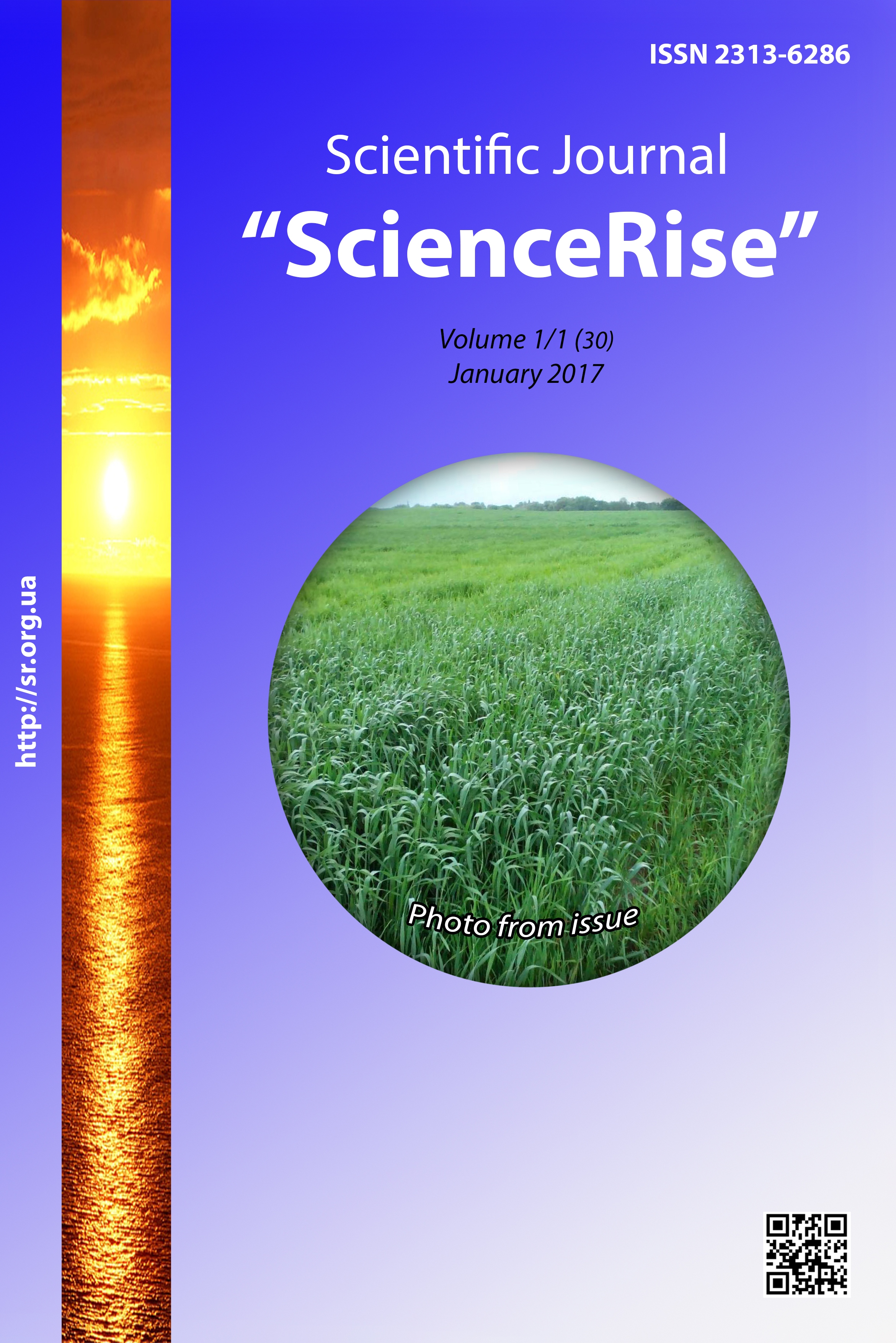Urban synergetics. social and existential fluctuations
DOI:
https://doi.org/10.15587/2313-8416.2017.90885Keywords:
urban synergetics, urban space, Homo Urbanus, «matrioshka» principle, mental (existential) mapAbstract
The phenomenon of urban space has been explored from the perspective of synergetics as an open system of the continuous growth and a complication of the order and chaos processes' alternation. The article detects social and existential fluctuations in the system's development, the points of bifurcation and attractors such as the human factor, borderline situations, mental (existential) charting, social crises. The research illustrates that Homo Urbanus demonstrates an existential dynamic and mostly uses the «matrioshka» principle (mise en abyne) in the interaction with urban space
References
Timohin, V. A. (2014). Vvedenie v gorodskuju sinergetiku. Nauchnaja i tehnicheskaja informacija v planirovanii i osushhestvlenii nauchnyh issledovanij i realizacii proektov. Warsaw: Diamond trading tour, 44–46.
Prokop'eva, P. V. (2012). Filosofija jekzistencii v kontekste postmodernizma. Krasnodar, 25.
Portugali, J., Benenson, I., Omer, I. (2010). Sociospatial Residential Dynamics: Stability and Instability within a Self-Organizing City. Geographical Analysis, 26 (4), 321–340. doi: 10.1111/j.1538-4632.1994.tb00329.x
Haken, G., Portugali, Dzh. (2004). Sinergetika, mezhurovnevye nejronnye seti i kognitivnye karty. Sinergetika i psihologija. Moscow: Kogito-Centr, 129–154.
Tolman, E. C. (1948). Cognitive maps in rats and men. Psychological Review, 55 (4), 189–208. doi: 10.1037/h0061626
Linch, K. (1982). Obraz goroda. Moscow: Strojizdat, 328.
Park, R. E., Burgess, E. W., McKenzie, R. D. (1925). The city. Chicago: The University of Chicago Press, 240.
Shheglov, I. (2003). O novom urbanizme. Svod pravil. Vol. 1. Bez gosudarstva. Anarhisty. Anarhija. Antologija sovremennogo anarhizma i levogo radikalizma. Moscow: Ul'tra-kul'tura, 189–194.
Vitjuk, E. Ju. (2008). Ideal'nyj gorod: vozmozhnost' realizacii s tochki zrenija sinergetiki. Arhitekton: izvestija vuzov, 23. Available at: http://archvuz.ru/2008_3/4
Merlen, P. (1975). Novye goroda. Moscow: Progress, 254.
Dridze, T. M. (1998). Jekoantropocentricheskaja paradigma v social'nom znanii i upravlenii. Chelovek, 2, 49–53.
Alekseeva-Beskina, T. I. (2001). Samorazvivajushhajasja sistema goroda i konstanty perehodnyh processov urbogeneza. Gorod v processah istoricheskih perehodov. Moscow: Nauka, 71–163.
Knjazeva, E. N., Kurdjumov, E. N. (2007). Sinergetika. Nelinejnost' vremeni i landshafty kojevoljucii. Moscow: Kom Kniga, 272.
Hamitov, N. (2002). Filosofija cheloveka: ot metafiziki k metaantropologii. Kyiv: Nika-Centr, 334.
Jaspers, K. (1935). Vernunft und Existenz. Groningen, 33.
Frejd, Z. (2009). Psihopatologija obydennoj zhizni. Moscow: AST, 256.
Dzhekson, Dzh. (2011). Smert' i zhizn' bol'shih amerikanskih gorodov. Moscow: Novoe izdatel'stvo, 460.
Basin, M. A., Shilovich, I. I. (1999). Sinergetika i Internet (put' k Synergonet). Saint Petersburg: Nauka, 71.
Prepotens'ka, M. P. (2014). Homo Urbanus: fenomen ljudyny megapolisu. Dnepropetrovsk: Vyd. Serednjak T. K., 420.
Feder, E. (1991). Fraktaly. Moscow: Mir, 254.
Nikolaeva, E. V. (2012). Goroda kak fraktal'nye perekrestki mira. Labirint. Zhurnal social'no-gumanitarnyh issledovanij, 3, 92–106. Available at: http://culturolog.ru/index2.php?option=com_content&task=view&id=1373&pop=1&page=0
Downloads
Published
Issue
Section
License
Copyright (c) 2017 Марина Петровна Препотенская

This work is licensed under a Creative Commons Attribution 4.0 International License.
Our journal abides by the Creative Commons CC BY copyright rights and permissions for open access journals.
Authors, who are published in this journal, agree to the following conditions:
1. The authors reserve the right to authorship of the work and pass the first publication right of this work to the journal under the terms of a Creative Commons CC BY, which allows others to freely distribute the published research with the obligatory reference to the authors of the original work and the first publication of the work in this journal.
2. The authors have the right to conclude separate supplement agreements that relate to non-exclusive work distribution in the form in which it has been published by the journal (for example, to upload the work to the online storage of the journal or publish it as part of a monograph), provided that the reference to the first publication of the work in this journal is included.

